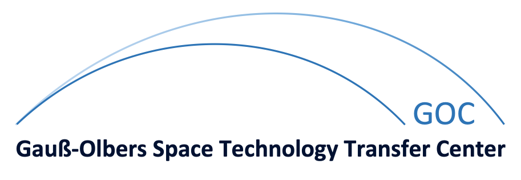| Kurzfassung: |
Research in the context of mobile communication systems has always been driven by the demand for higher peak data rates in conjunction with overall more reliable transmissions. Under this premise, manifold ideas and techniques have been invented and investigated throughout the years. Two of these techniques are interleave division multiple access (IDMA) and wireless relaying, which so far have mainly been considered separately.
This thesis aims at combining IDMA with relaying by presenting and investigating IDMA-based relaying schemes. Specifically, existing schemes from literature are revised and improved upon and new schemes are proposed and evaluated. In addition, channel coding is discussed as a crucial system design aspect. In conjunction with the illustration and investigation of the iterative IDMA detection process, different code design approaches are presented and compared among each other within the corresponding systems. Moreover, based on these code design approaches, modulation and coding schemes (MCSs) are designed which ultimately lead to the formulation of different quality of service (QoS) classes.
Finally, the presented IDMA-based relaying schemes are compared to approaches based on orthogonal frequency division multiple access (OFDMA), which represents the multiple access scheme of current mobile communication systems of the fourth generation. For this, first a simulation framework describing the propagation of electromagnetic waves within typical urban environments is introduced. This framework then serves as the basis for concluding numerical evaluations of the performance of the discussed systems. The obtained results of these evaluations reflect the great potential of the investigated schemes. |







